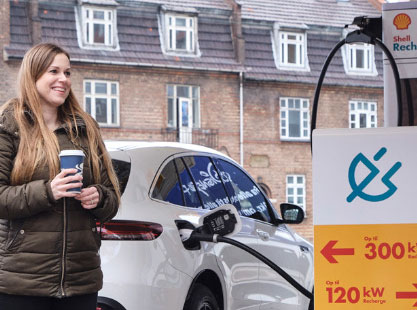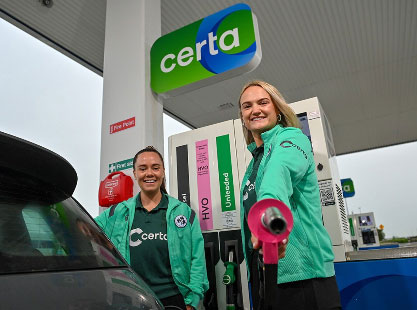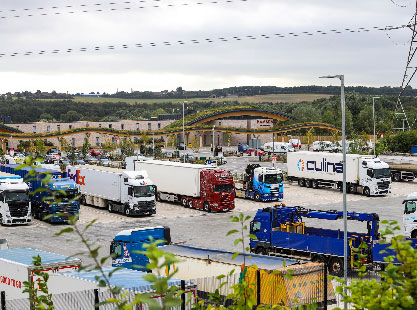Mobility is part of our basic needs – yet it’s the sector that’s probably the most challenging to decarbonise. Our managing director of Mobility, Andrew Graham, tells how we’re offering low-carbon fuels, making electric vehicle (EV) charging more available and helping customers manage their fleets
DCC’s managing director of Mobility Andrew Graham grew up in New Zealand, with a father who was into motor racing. Mr Graham senior built single-seater Formula Fords – a stepping stone for drivers between karting and Formula One.
“He was a talented mechanic and creative engineer,” Andrew says. “Formula Fords may be at the more extreme end of mobility. But I’ve always had that love of transport and vehicles.”
It’s an enthusiasm that’s fed into his career. In 2001, Andrew moved to Ireland to work for Statoil and Topaz Energy in leadership and financial roles. He joined DCC business Certas Energy Retail in 2014 as operations director, became managing director of Certa Ireland in 2021 and MD of DCC Mobility in April 2024.
How DCC Mobility leads with speed and grip
“We’ve built up the Mobility business over the past 10 years so it’s a young business relative to the rest of DCC,” he says. But it’s been busy. Andrew describes the “roller coaster” of six acquisitions in two years at Certa Ireland, building a leadership team and reshaping and rebranding that business.
“We’re agile. We move in a very timely way. It’s exciting. That’s what I love about the mobility business. It’s fast-moving,” he says.
DCC Mobility operates in eight markets with fuel card businesses in seven of them and a recent move into telematics, which provides data to help operators manage their fleet. When you add in business from almost 1,200 service stations, it means just 600 Mobility colleagues handle almost 100 million transactions annually, thanks to a bespoke, multi-country platform that enables sound processes.




